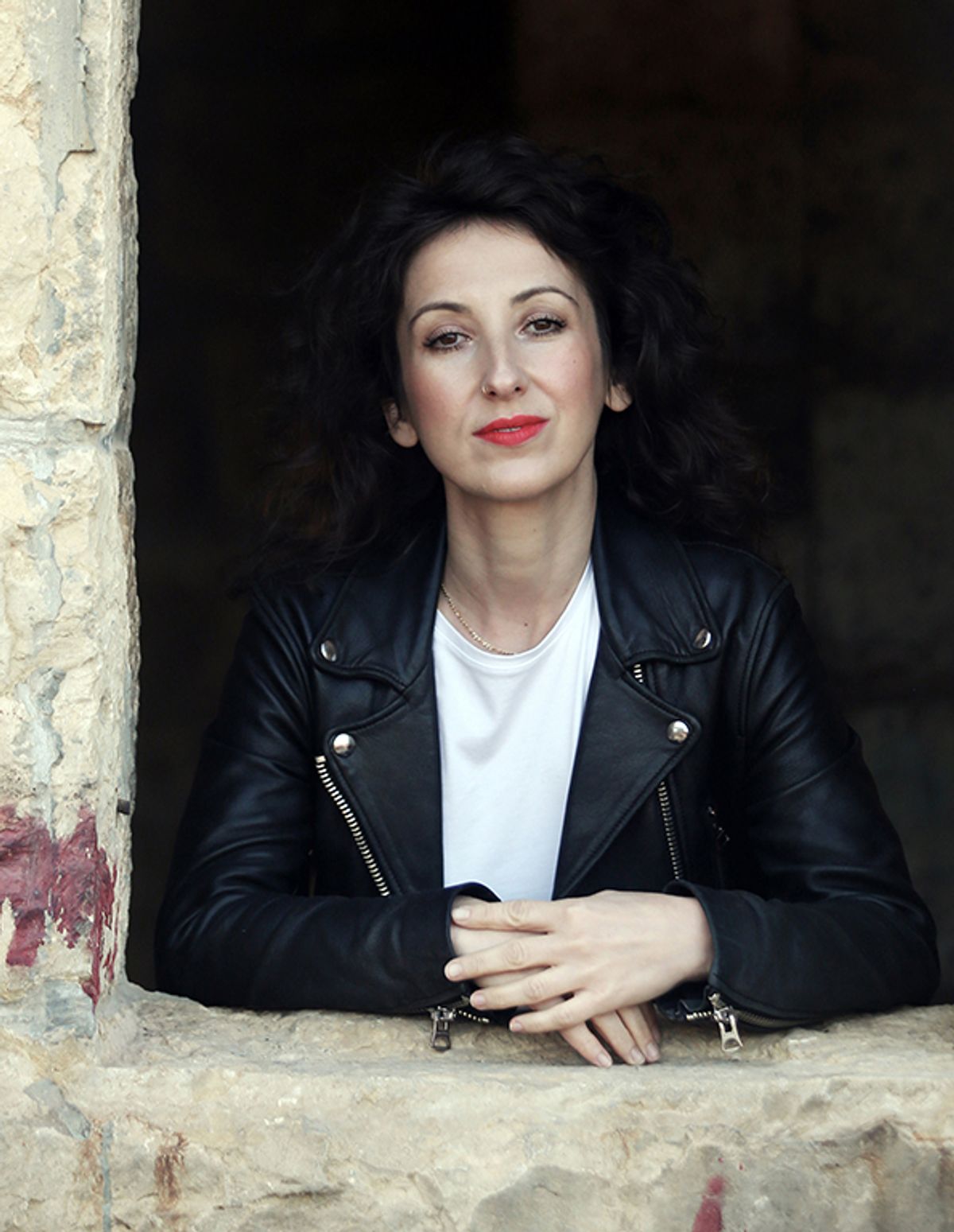The Leslie-Lohman Museum of Art in New York announced today that it had appointed Alyssa Nitchun, a culture and design consultant and former acting executive director at the public art organisation Creative Time, as its next executive director.
Nitchum, who takes over on 15 February, will advance socially concerned programming and seek financial stability and an international profile for the museum, which is dedicated to championing LGBTQ art and the artists who create it. She succeeds Laura Raicovich, a former director of the Queens Museum of Art who has served as interim director of the Leslie-Lohman since its closure in March.
“As a queer, sexually fluid woman, I came of age in New York City’s underground culture and my early experiences of art, fashion, nightlife and radical politics were situated in queerness,” says Nitchun in a statement. She adds: “The museum possesses a reputation and gravitas that deserves to be extended nationally and internationally. I will be passionately focused on expanding and deepening its ability to serve as an LGBTQI+ sanctuary, catalyst and provocateur.”
The appointment comes after the museum’s former director, Gonzalo Casals, announced in March that he was departing to become the cultural affairs commissioner of New York City. Raicovich has filled the gap since then as the institution remained closed, issuing a statement of solidarity with people calling for racial justice and overseeing online programming to mark the 50th anniversary of the Pride March and a commission with the artist Rashaad Newsome, the museum’s board notes.
For the last two years, Nitchun has worked as a consultant, supervising projects such as a monumental public art project aimed at fostering connections along the border between Texas and Mexico. Previously she spent six and a half years at Creative Time, working in development and external affairs before serving as deputy director and then acting executive director.
The Leslie-Lohman, whose LGBTQ roots in SoHo stretch back to the 1970s and which was accredited as a museum in 2016, maintains a collection of over 30,000 objects and normally hosts six exhibitions annually. It also publishes an arts newsletter and has a research library of over 3,000 volumes.


